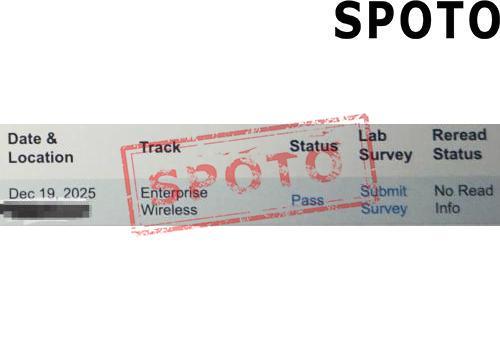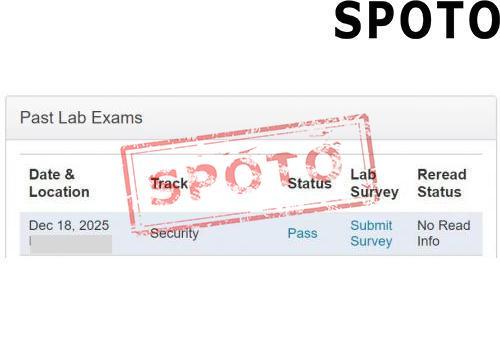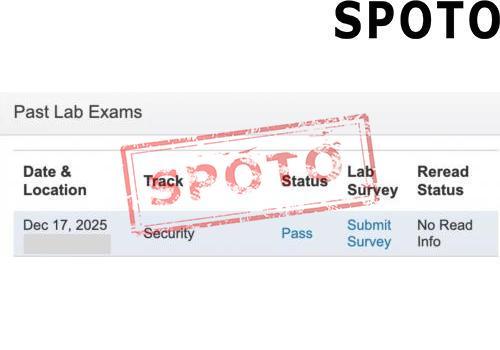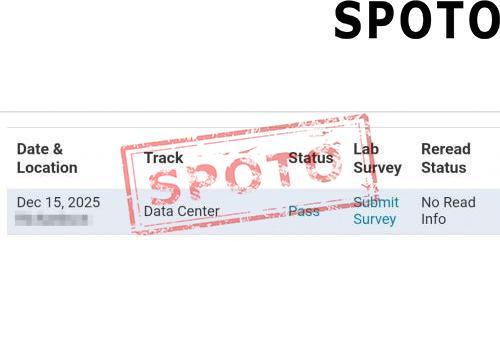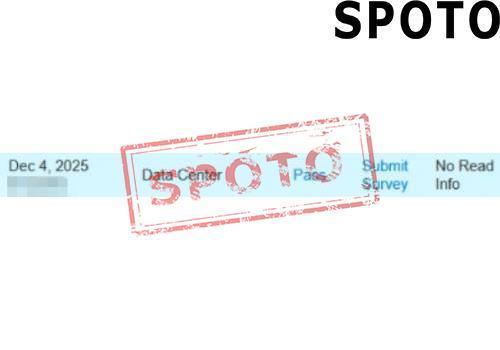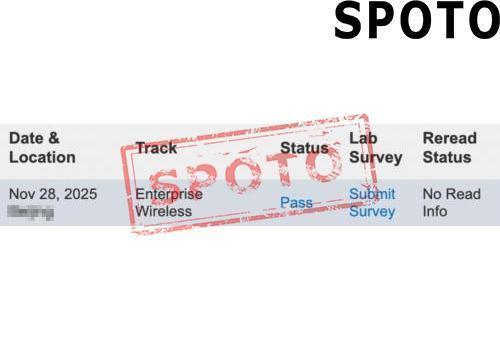
Table of Contents
Multiprotocol Label Switching (MPLS) is an efficient data forwarding mechanism designed to improve the scalability and performance of networks. MPLS allows routers to quickly forward packets without the need for complex route lookups by attaching a label to IP packets. This label switching enables MPLS to support multiple network protocols and integrate seamlessly with existing network infrastructure.
While MPLS offers numerous advantages, it can be relatively complex to configure and manage, requiring expertise and experience. A detailed MPLS configuration guide is an important resource for network professionals, not only to help quickly deploy MPLS technology, but also to assist in maintaining and optimizing the network, ensuring business continuity and long-term network stability.
MPLS Overview
Multiprotocol Label Switching (MPLS) is a network technology used for fast data forwarding. It simplifies and accelerates the routing process in the network by attaching a label to the packet, enabling the packet to travel through the network with greater efficiency.
How MPLS Works
The working principle of MPLS is based on the concept of label switching. Unlike traditional routing, where each packet needs to determine its forwarding path by looking up the routing table, MPLS assigns a label to a packet, allowing routers to quickly forward packets based on that label without having to perform complex route lookups. This process includes the following steps:
- Label Assignment: Packets are assigned a label as they enter the MPLS network.
- Label Switching: The router forwards the packet to the next router based on the label information.
- Label Stack: In the case of multiple MPLS domains, packets can have multiple labels to form a label stack.
Key Concepts in MPLS
- Label: A label is a brief piece of information used in MPLS to identify a packet. It contains forwarding information, such as the next-hop address and quality of service requirements.
- Label Stack: When a packet needs to traverse multiple MPLS domains, it is possible to have a label stack, which is a collection of multiple labels. Each label corresponds to a specific MPLS domain, and the router forwards packets as they pass through each domain based on the current label.
- LDP (Label Distribution Protocol): LDP is a protocol used in MPLS to distribute label information. It allows for the exchange of tag mapping information between routers, ensuring that each router knows how to properly forward packets with specific labels.
- Forward Equivalence Class (FEC): An FEC is a collection of packets that have the same forwarding processing requirements. MPLS uses FEC to classify packets and assign a label to each class.
- Label Switching Router (LSR): An LSR is a router that understands MPLS labels and forwards packets based on them. It is responsible for exchanging the label of the incoming packet with the label of the next-hop router.
- Ingress LSR and Egress LSR: The ingress LSR is the first router where a packet enters the MPLS network and is responsible for assigning the first label to the packet. The egress LSR is the last router where the packet leaves the MPLS network and is responsible for removing the last label of the packet.
Through these key concepts, MPLS enables efficient packet forwarding while providing a variety of advanced network services such as traffic engineering, service quality control, and VPN.
Benefits of MPLS
MPLS (Multiprotocol Label Switching) offers a range of advantages that make it a powerful technology for modern network infrastructures. Let's explore the key benefits of MPLS:
Flow Engineering
- Path Optimization: MPLS allows network administrators to select the optimal data transmission path, avoiding congestion and improving performance.
- Load Balancing: MPLS enables the distribution of traffic across multiple paths, enhancing network throughput and reliability.
- Resource Reservation: MPLS allows reserving the necessary bandwidth for specific services or applications, ensuring quality of service.
Quality of Service (QoS)
- Classification and Tagging: MPLS provides the ability to classify different types of traffic and assign appropriate labels for prioritization.
- Priority Scheduling: MPLS determines the order in which packets are processed based on the priority of the traffic, ensuring critical applications receive the necessary resources.
- Bandwidth Management: MPLS allows the allocation of a fixed amount of bandwidth to specific types of traffic, preventing network congestion.
Network Efficiency
- Reduced Processing Time: The label-based forwarding in MPLS eliminates the need for complex routing table lookups, reducing the time required to process packets.
- Lower CPU Load: The simplified forwarding process in MPLS reduces the burden on the router's CPU, improving overall processing speed.
- Scalability: MPLS is designed to support large-scale networks and is easy to scale and manage, making it suitable for growing network environments.
Security and Isolation
- Data Isolation: MPLS VPN (Virtual Private Network) feature enables the creation of isolated virtual networks for different customers or services, ensuring data privacy and segmentation.
- Secure Transmission: MPLS VPN provides secure data transmission through encryption and access control mechanisms, enhancing the overall security of the network.
Flexibility and Scalability
- Multi-Protocol Support: MPLS can seamlessly integrate with a variety of network layer protocols, allowing it to be easily incorporated into existing network infrastructures.
- Service Innovation: The label stack and Forward Equivalence Class (FEC) concepts in MPLS provide a foundation for developing innovative services, such as VPNs and advanced traffic engineering capabilities.
By leveraging these benefits, MPLS technology enables network administrators to build efficient, reliable, and scalable networks that can meet the demands of modern business requirements. The combination of traffic engineering, quality of service, network efficiency, security, and flexibility makes MPLS a key technology for optimizing network performance and capabilities.
Cisco Devices and MPLS Support
Cisco, a prominent leader in networking technology, offers a wide range of devices that support Multiprotocol Label Switching (MPLS) capabilities. This allows network administrators to leverage the advantages of MPLS in their network infrastructures.
Types of Cisco Devices that Support MPLS
- Routers: Cisco's Aggregation Services Routers (ASR) series, Integrated Services Routers (ISR) series, and the 7600 series routers all support MPLS functionality.
- Switches: Certain Cisco multilayer switches, such as the Catalyst family, also provide MPLS capabilities, particularly in enterprise network environments.
- Network Modules: Some Cisco devices allow MPLS functionality to be added through a modular design, such as a service module or interface card.
- Integrated Services Routers: Cisco's ISR-G2 series routers are specifically designed for service providers and large enterprises, offering advanced network services, including MPLS support.
MPLS-Related Features in Cisco IOS Software
Cisco's Internetwork Operating System (IOS) is the software that runs on Cisco devices, providing a rich set of MPLS capabilities to meet complex network requirements. Some of the key MPLS-related features in Cisco IOS include:
- LDP (Label Distribution Protocol): IOS supports LDP, a crucial protocol used for label distribution in MPLS networks.
- MPLS Traffic Engineering (MPLS TE): IOS provides traffic engineering capabilities, allowing network administrators to define and manage the path of data flows.
- VPN Support: IOS supports various VPN technologies, such as MPLS VPN, enabling the creation of secure virtual private networks.
- Quality of Service (QoS): IOS offers QoS features that allow for prioritization and bandwidth allocation for different types of traffic.
- Forward Equivalence Class (FEC): IOS supports the FEC concept, which groups packets with the same forwarding requirements.
- MPLS OAM (Operation, Administration, and Maintenance): IOS provides MPLS OAM tools to monitor and maintain the health of MPLS networks.
- MPLS LDP Tools: IOS includes tools for configuring and managing LDPs, such as LDP neighbor management, label mapping, and label distribution.
- MPLS VPN Instances: IOS allows the configuration of VPN instances to create multiple logical networks on the same physical network.
By integrating these MPLS-related features, Cisco IOS software empowers network administrators to efficiently deploy and manage MPLS networks, unlocking advanced capabilities and delivering a robust networking solution for enterprises.
Cases of MPLS Configuration on Cisco Devices
The configuration and deployment of Multiprotocol Label Switching (MPLS) on Cisco devices can be showcased through several use cases, each highlighting the versatility and capabilities of this technology. Let's explore three representative examples:
Configuring an MPLS VPN using the EVE-NG Emulator
This case involves building an MPLS network using the EVE-NG network emulator, which includes client premises equipment (CE) and carrier edge devices (PE).
The key steps include:
- Basic Configuration: Configuring router interfaces, enabling IP forwarding, and setting up virtual routing and forwarding (VRF).
- IGP Configuration: Establishing a TCP connection between PE1-P-PE2 using the Intermediate System to Intermediate System (IS-IS) protocol.
- BGP Configuration: Configuring internal BGP neighbors between PE1 and PE2.
- MPLS Enablement: Enabling MPLS on PE1-P-PE2 and using the Label Distribution Protocol (LDP) for label distribution.
- VRF Configuration: Configuring VRF on the PE devices and applying it to the corresponding interfaces.
- Routing Protocol Re-announcement: Configuring the VRF routing protocol between PE-CE and re-advertising the MP-BGP protocol.
MPLS VPN-BGP Configuration Example for CCIE Examination
This case provides a detailed step-by-step guide for MPLS VPN configuration, including:
- IP Address Configuration: Configuring IP addresses for interconnection between devices.
- OSPF Configuration: Running OSPF on R2, R3, and R4 with process number 100.
- MPLS VPN Configuration: Configuring MPLS VPN with BGP AS 100 and RD (Route Differentiator) 1:1.
- MPLS LDP Configuration: Enabling MPLS and using LDP to distribute labels.
- BGP Configuration: Establishing a BGP peer relationship and configuring the corresponding network.
- Routing Protocol Configuration: Using BGP as the routing protocol between PE-CE.
MPLS Configuration on Cisco IOS
This case study, excerpted from the book "MPLS Configuration on Cisco IOS," describes the basic configuration and validation of MPLS in frame mode:
- Enabling CEF: Enabling Cisco Express Forwarding (CEF) globally and on the interfaces.
- Configuring IGP Routing Protocol: Using OSPF as the IGP and enabling it on the relevant interfaces.
- Specifying the Router-ID of the LDP: Using the loopback interface address as the Router-ID of the LDP.
- Enabling MPLS Forwarding on an Interface: Enabling MPLS IP Forwarding on an interface.
- Verifying MPLS Configuration: Running related commands to validate the MPLS configuration and status.
These use cases demonstrate the comprehensive MPLS configuration process on Cisco devices, from the basic network setup to the implementation of advanced MPLS features, such as VPNs, traffic engineering, and quality of service assurance. By following these examples, network administrators can leverage the power of MPLS to achieve efficient packet forwarding, network traffic optimization, and the isolation of customer or service-specific traffic on their Cisco-based network infrastructures.
